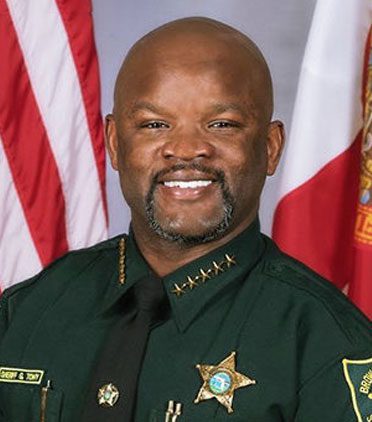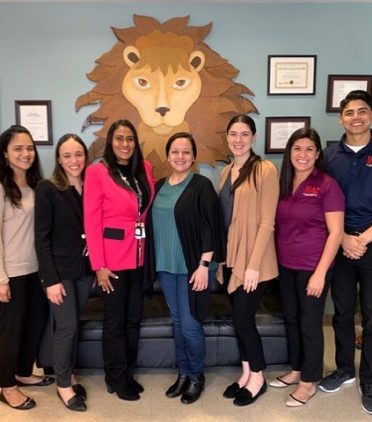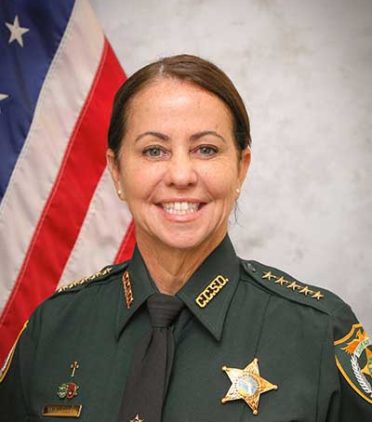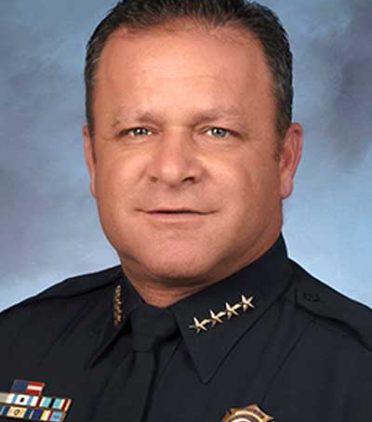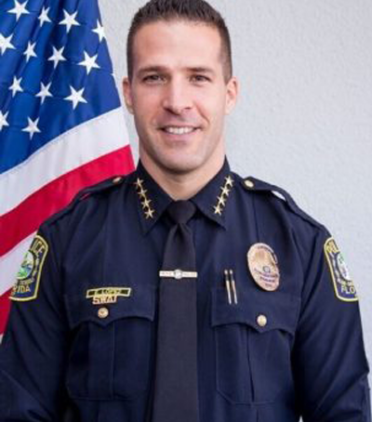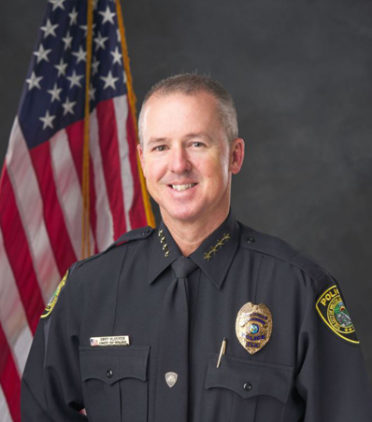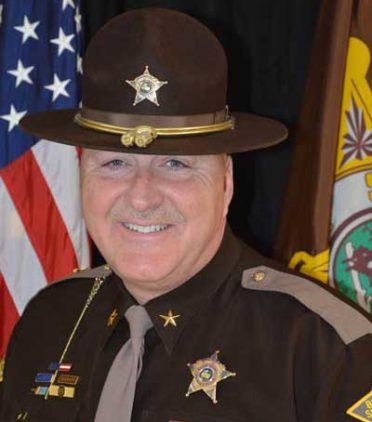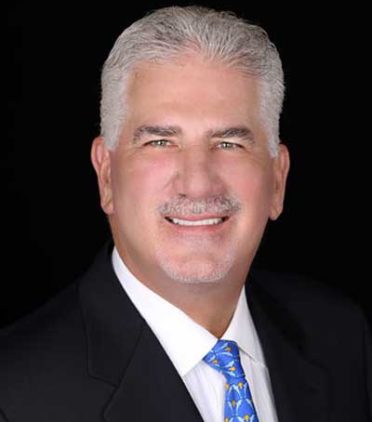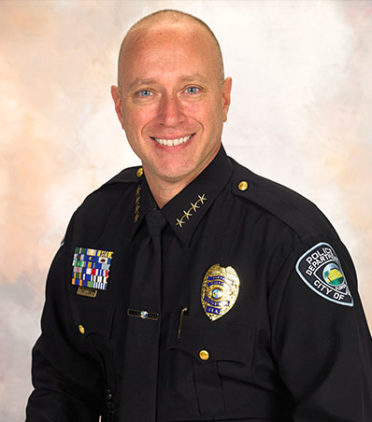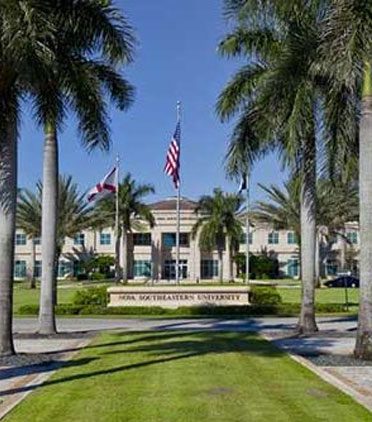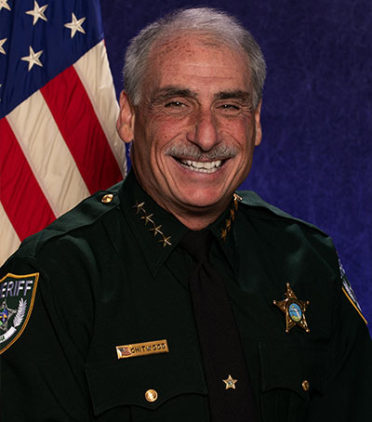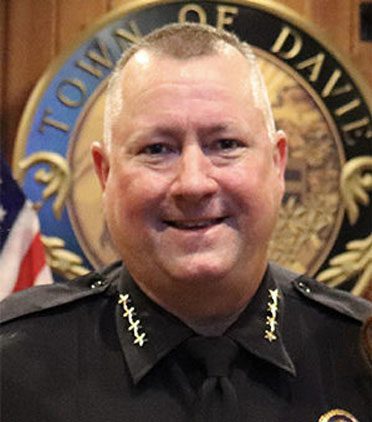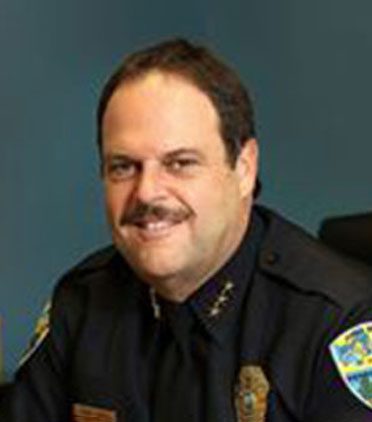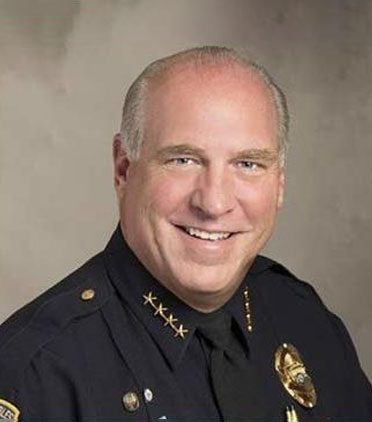How to Start a Neighborhood Watch Program in Your Area
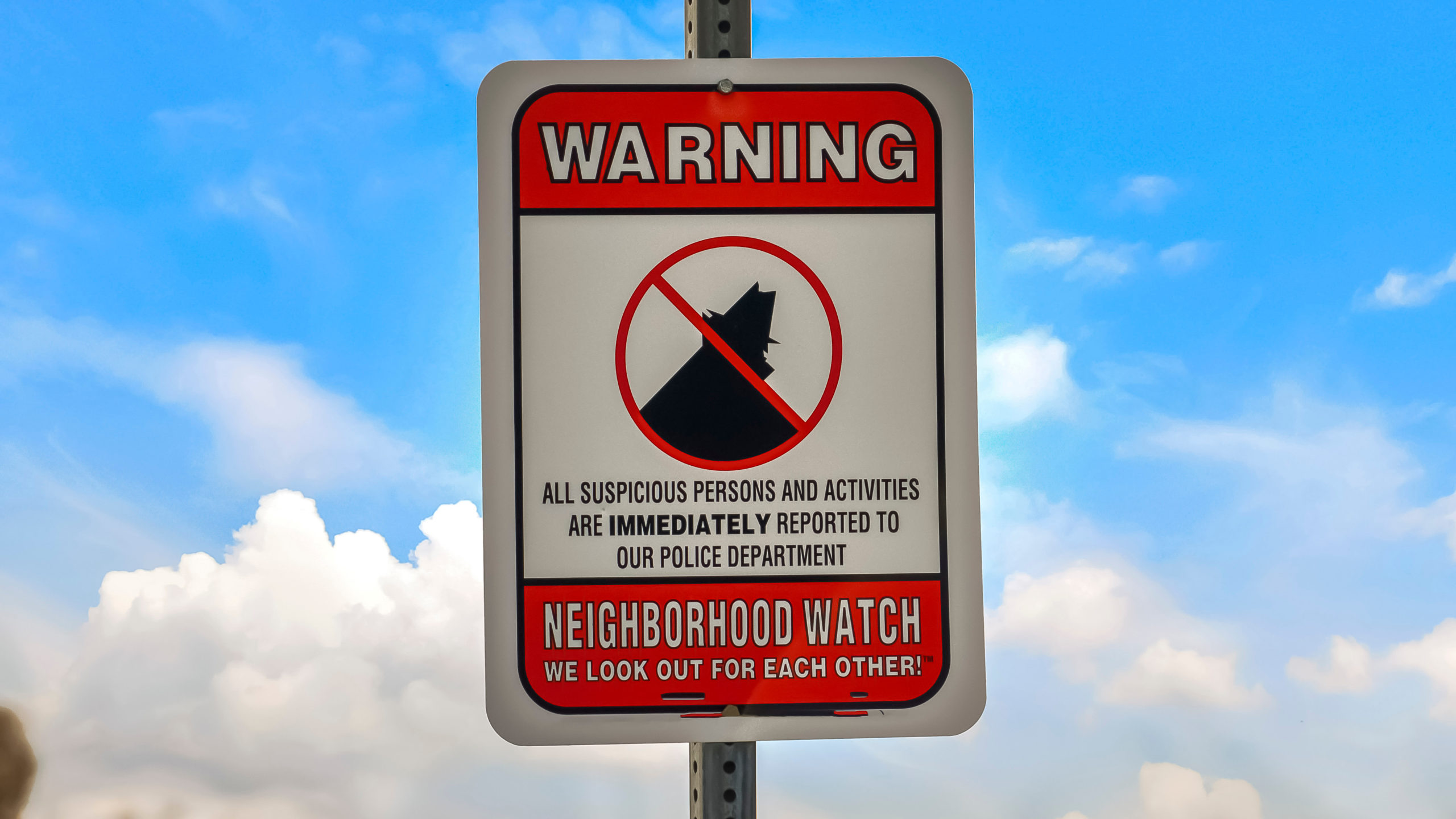
Are you thinking about starting a Neighborhood Watch program in your community? You would be joining millions of Americans who have taken action to protect their families and their neighbors through this empowering program. As you start gathering your neighbors, here are some things to think about in preparation:
Statistics about Neighborhood Watch Programs
The National Neighborhood Watch in the U.S. began in 1972. The idea is that “our nation is built on the strength of our citizens,” and having neighbors watch out for each other is the best way to prevent crime. Not only that, it provides a wonderful opportunity to bond with your neighbors. After the 9/11 terrorist attacks, the Neighborhood Watch programs brought communities together and helped strengthen neighborly bonds as never before. As of 2008, more than 40% of Americans live in areas with Neighborhood Watch programs.
In 2008, Neighborhood Watch conducted 36 studies to determine whether or not it was actually effective in preventing crime. Overall, communities with a new Neighborhood Watch program showed a reduction in crime of at least nine percent, with many communities showing even more. Though it was just a “small favorable effect” in a lot of areas, the community members interviewed say it is definitely worth the minimal effort they put in to help reduce even a small amount of crime.
As some of those neighbors interviewed said, it’s about so much more than reducing crime: it’s about bringing the community together to watch out for each other.
Sounds awesome, right? If you are one of the 60% of Americans without a Neighborhood Watch program, then maybe it’s time to look into it for your community.
How to Create a Neighborhood Watch in Your Community
Starting a Neighborhood Watch in your area is easier than you think. Since the national program was originally started under the National Sheriffs Association, most local law enforcement agencies would be thrilled to help you out.
Here’s how to get a Watch implemented in your neighborhood in five steps:
- Gather your neighbors. Talk to as many neighbors as you can and get them on board with the idea. As you gather, you’ll want to organize yourselves and assign specific tasks.
- Contact local law enforcement and schedule a meeting. Invite them to meet with your group and give everyone a little more information on what Neighborhood Watch will mean for them. Every city is a little different and cooperation with law enforcement is essential.
- Discuss concerns and develop a plan. If your neighborhood has specific concerns (car theft, for example), meet with your neighbors and discuss what you can all do to lessen the impact of this concern in your area. For some great tips, check out this guide from the National Neighborhood Watch.
- Create a communication plan. How do you want to communicate within your group? Texting? A community safety app like SaferWatch? Social media? Meetings every quarter? There’s a lot you can do to take your group to the next level.
- Take action! Hold meetings, have a fun event to get kids and teens involved, and make this a neighborhood effort. You can train your neighbors, no matter their age, in how to watch out for crime and the best way to report it. Buy signs to hang up in your neighborhood, which will remind everyone to keep an eye out. You might even be able to secure a grant to help with the costs.
What Do Community Crime Watch Programs Do?
If you’re ready to start recruiting your neighbors, you’re probably going to get a lot of questions. The number one question is, “What do Neighborhood Watch groups actually do?” Well, in short, they watch for suspicious activity and report it. Simple, right?
There are a few key characteristics of a successful Neighborhood Watch program:
- Good observation skills. Work as a community on how to recognize what is normal. For example: people looking into every car on the street at 10pm at night is not normal. Someone loitering in front of a house every day for a while is also not normal.
- Learn what suspicious activity is. Law enforcement agencies define it as: “any incident, event, individual or activity that seems unusual or out of place, or feels uncomfortable.”
- Report. Developing a good relationship with your local law enforcement is key here. And reporting what you see is what will make it successful.
Why You Need a Neighborhood Watch Program
We can’t have law enforcement in every neighborhood at all times of the day, and that’s where Neighborhood Watch programs come in. It’s nice to think we’ll all watch out for each other and report when things seem out of place. But the reality is, having a sense of organization motivates people. If your neighbors know they have people around them who care and are doing their best to keep themselves and their families safe, they’re going to do the same for you.
Neighborhood Watch is one of the oldest and widely-known crime prevention concepts in the United States. But it has turned into more than crime prevention. With the organization already in place, Neighborhood Watch is helping communities with disaster preparedness, emergency response, and even terrorism awareness. What is the number one indicator for recovery success after a disaster? The strength of the community bonds.
The communities that are the most resilient are the ones that are organized and have strong bonds between neighbors. Neighborhood Watch is a fantastic way to provide that for your neighborhood.
How to Make Your Existing Neighborhood Watch a Success
If your neighborhood already has a program in place, but you believe there is room for improvement, what can you do to make it better?
The National Neighborhood Watch association has several suggestions on how to give your program renewed momentum, including:
- Find out who is currently in charge of the group. If they have moved, set up a new meeting and appoint someone new.
- Organize a community event where local law enforcement comes to speak and train you and your neighbors.
- Reassign block captains and leadership.
There is so much you can do to help strengthen your neighborhood and make it safer. And isn’t that what we all want? By implementing or reinvigorating a Neighborhood Watch program in your area, you are doing something big and important to protect your family and your neighborhood.
